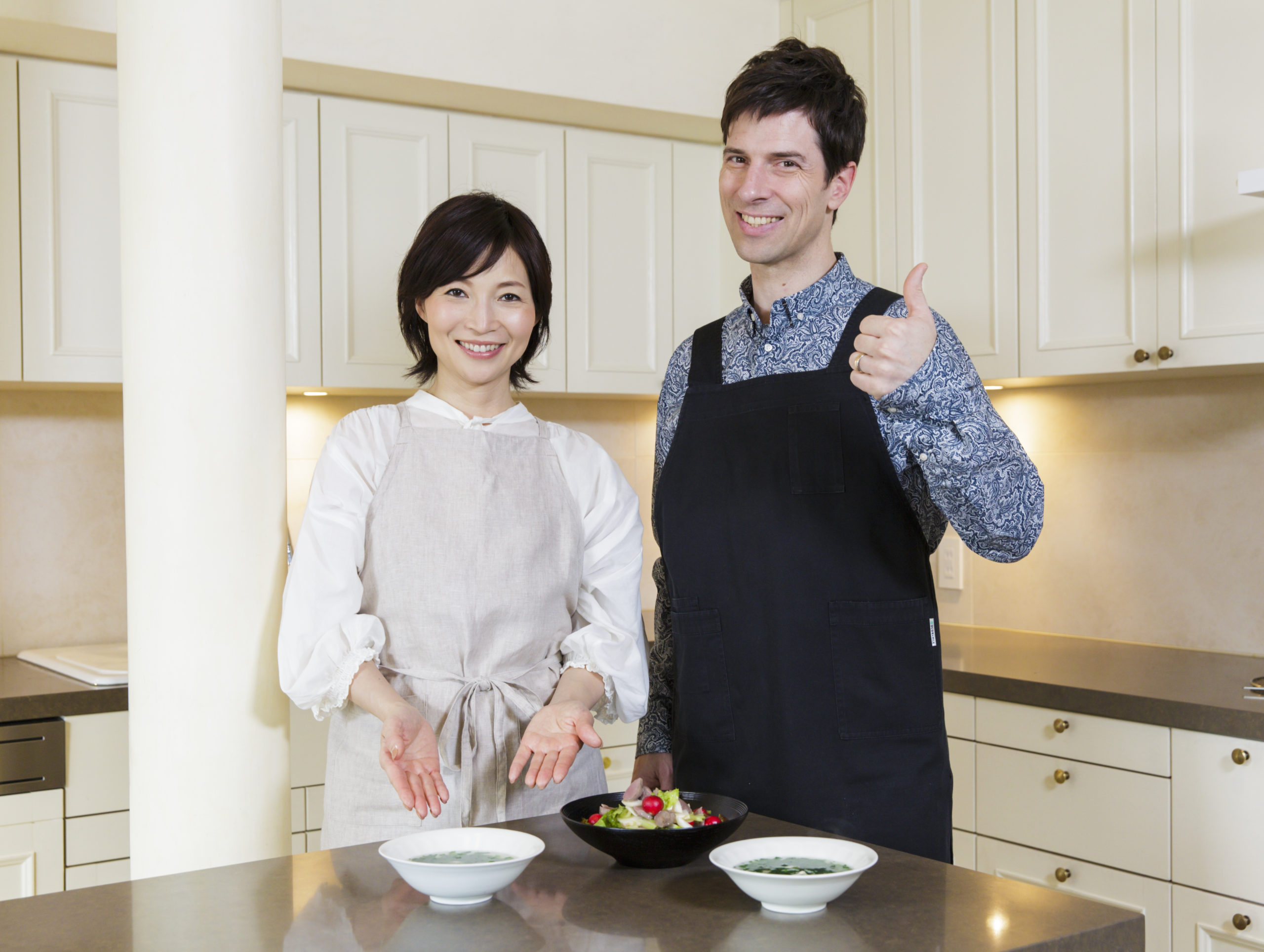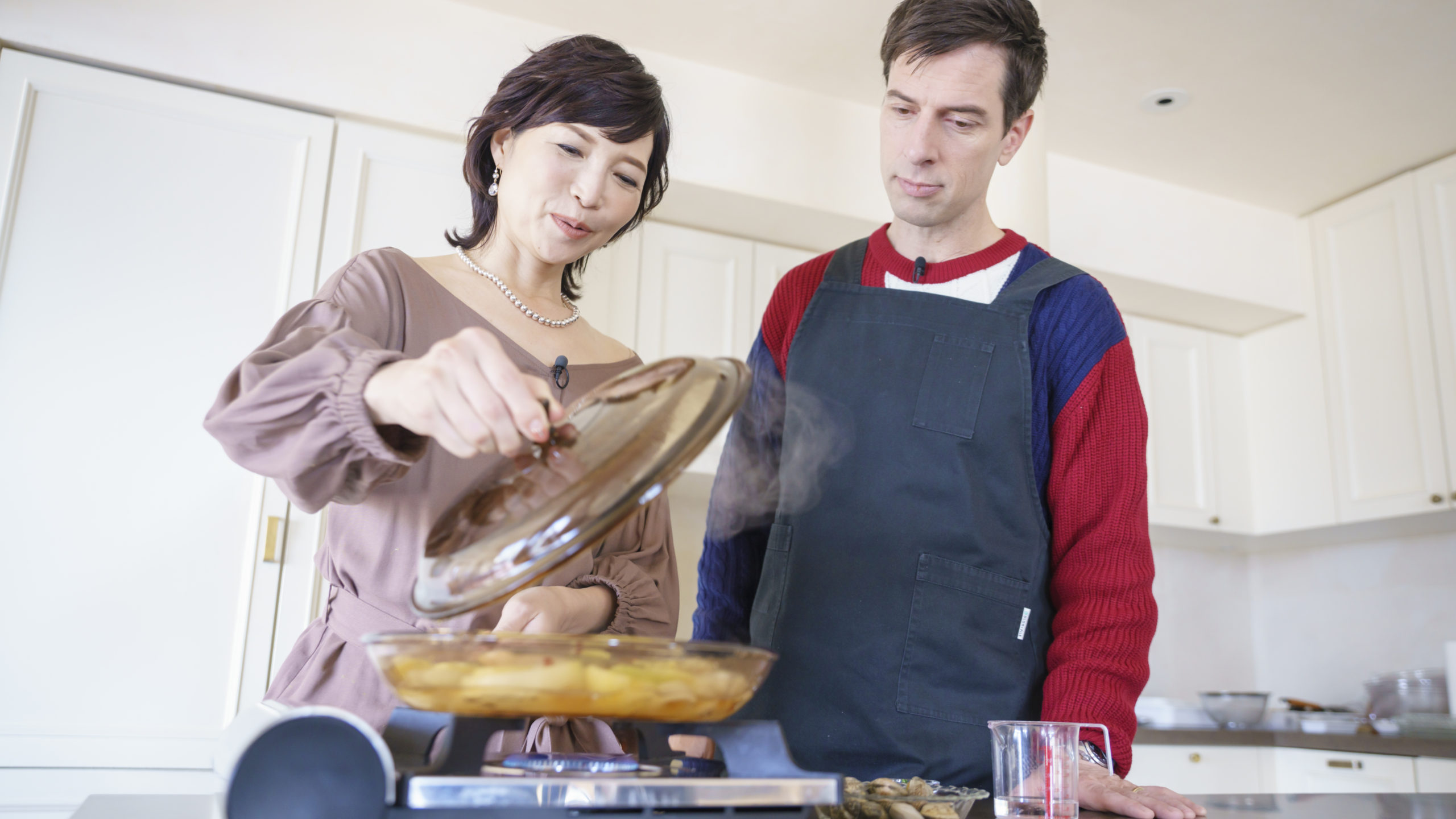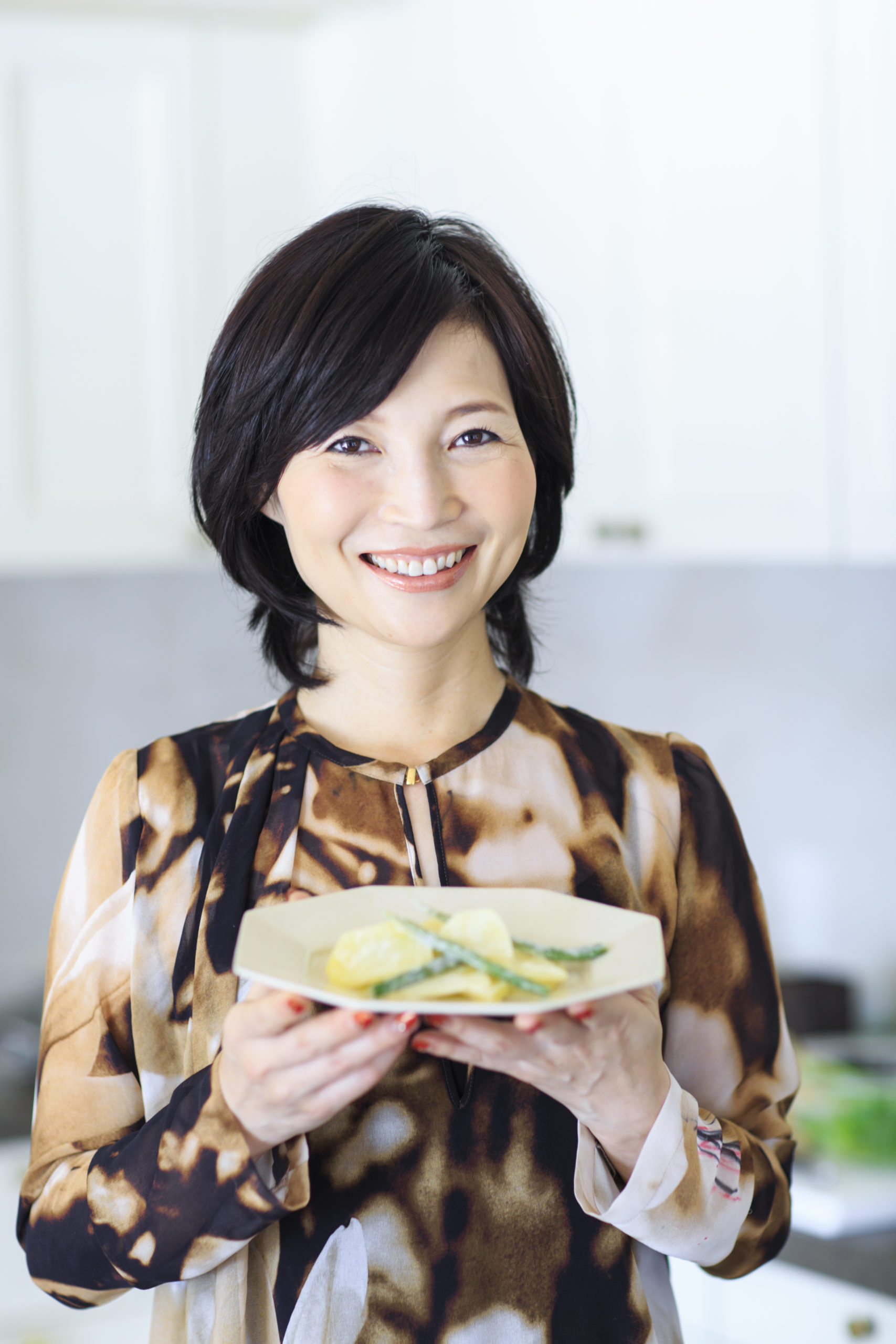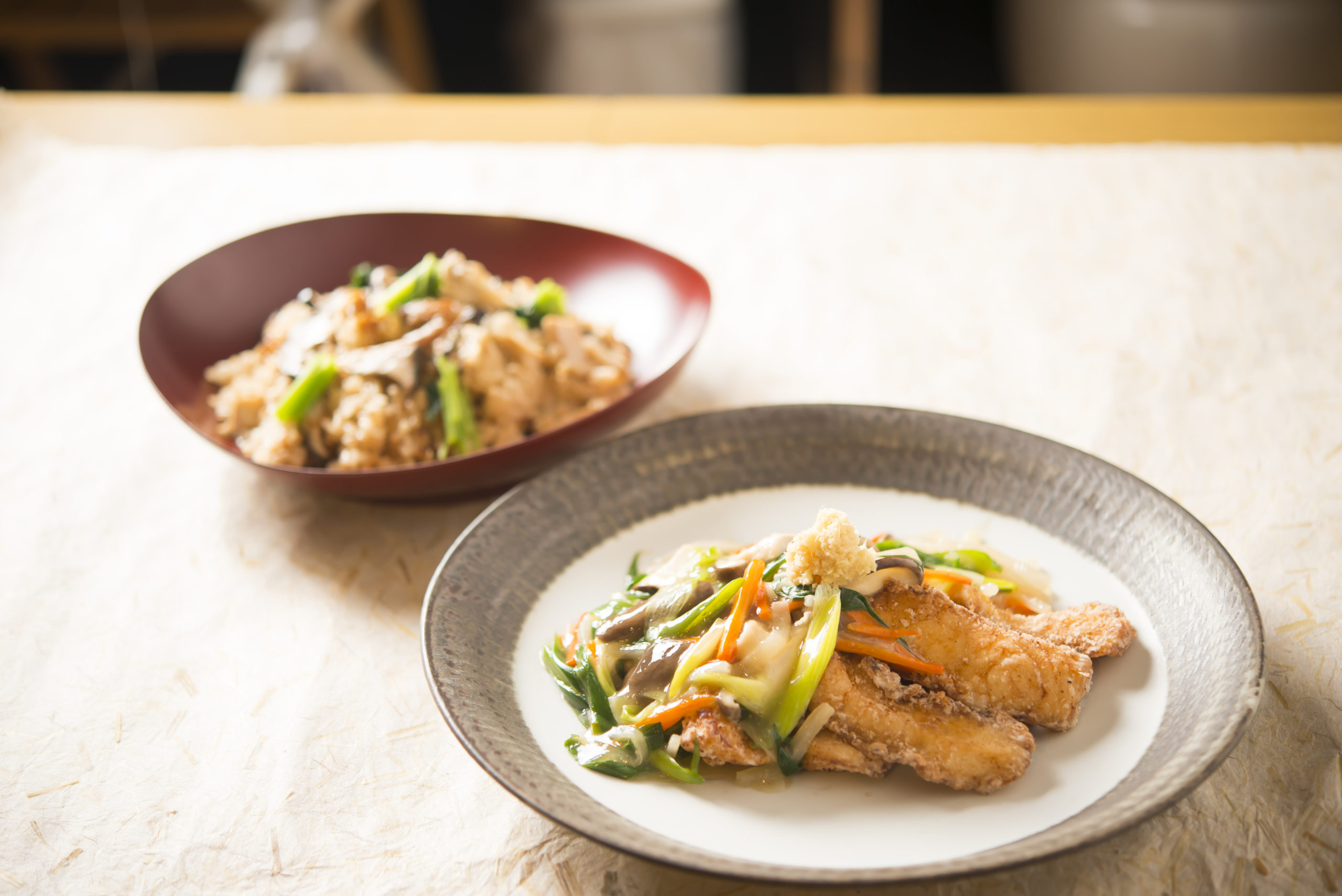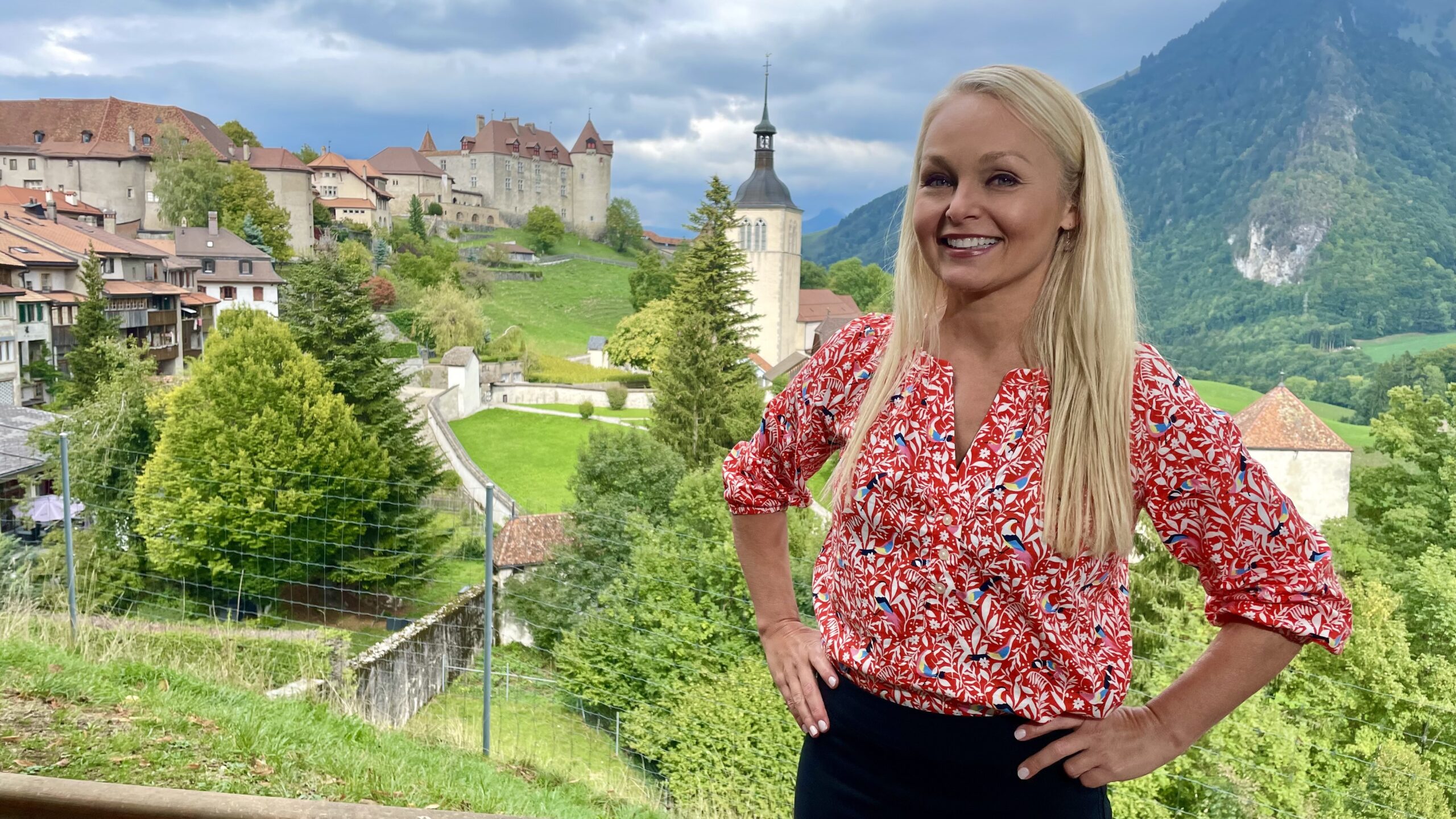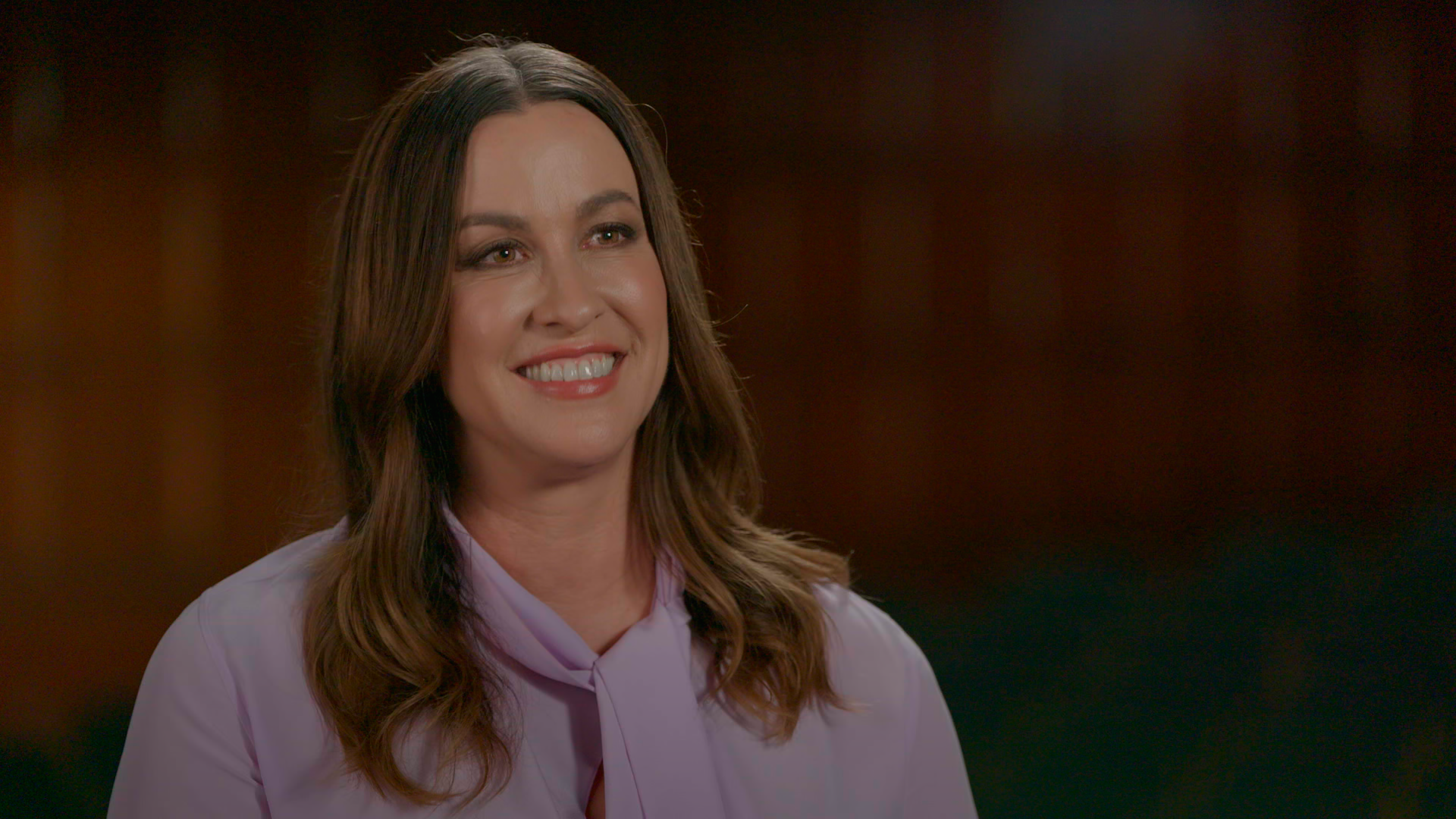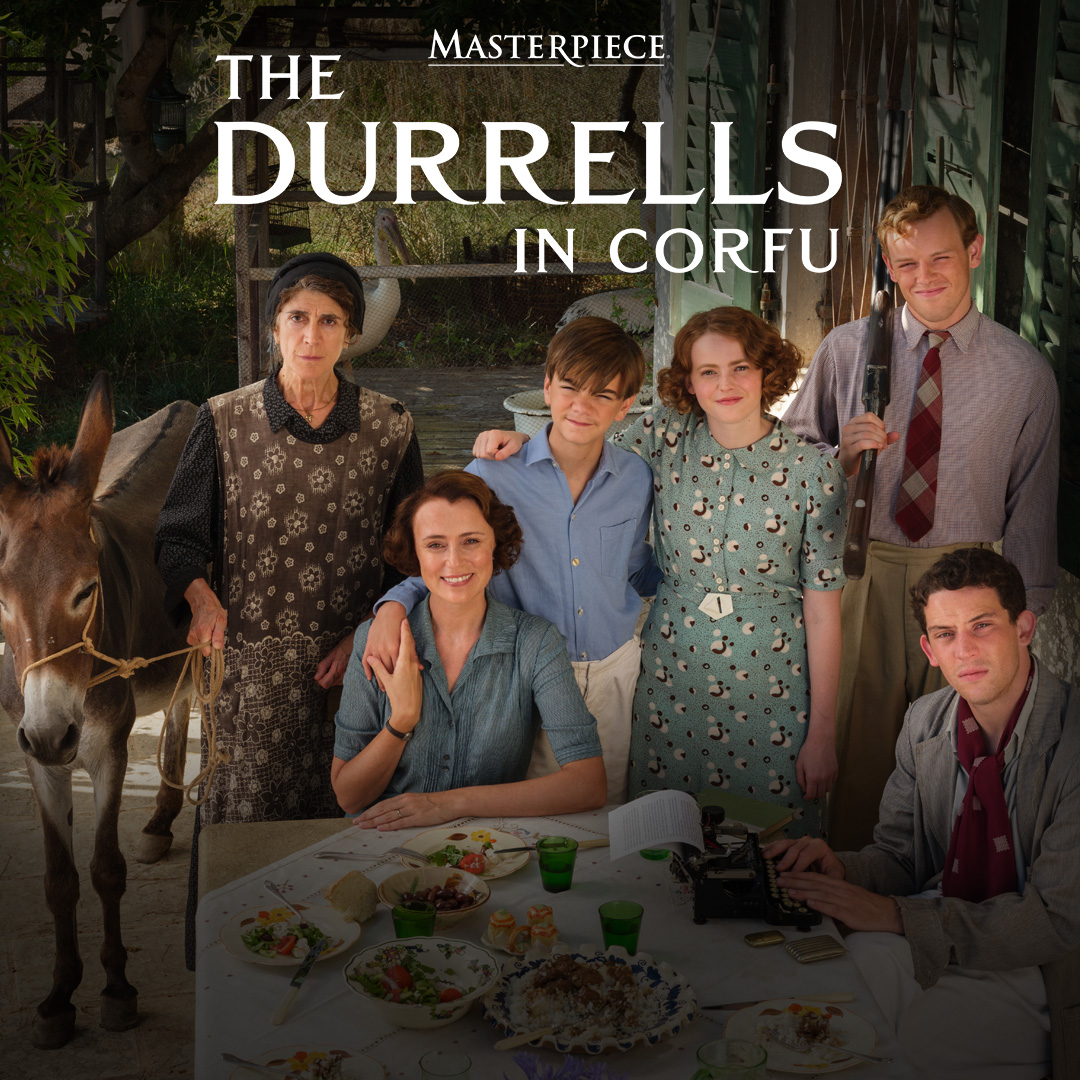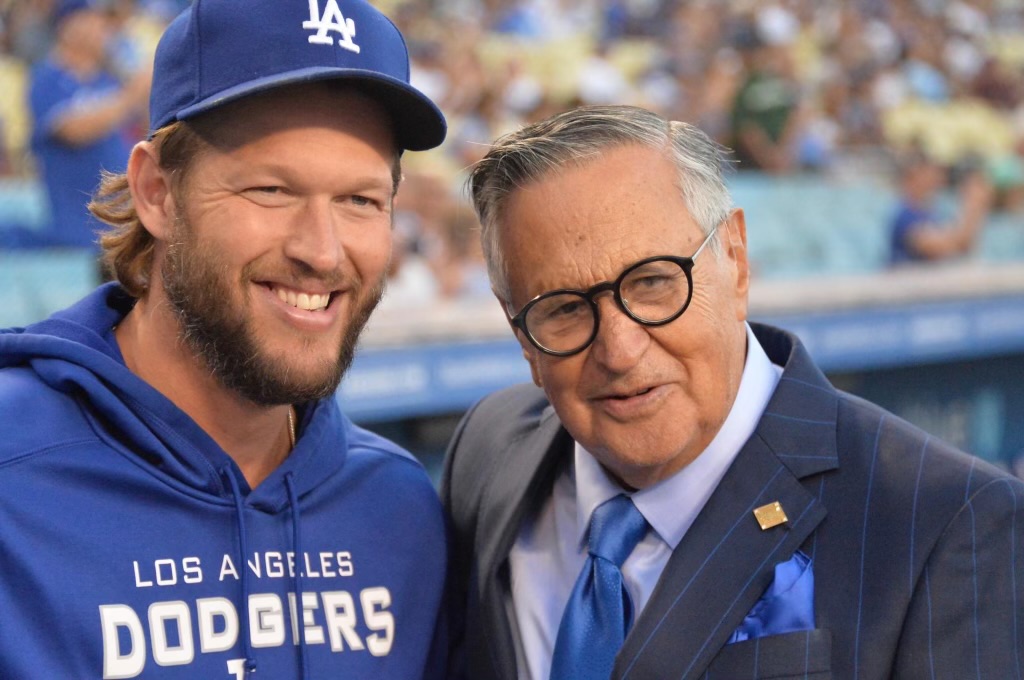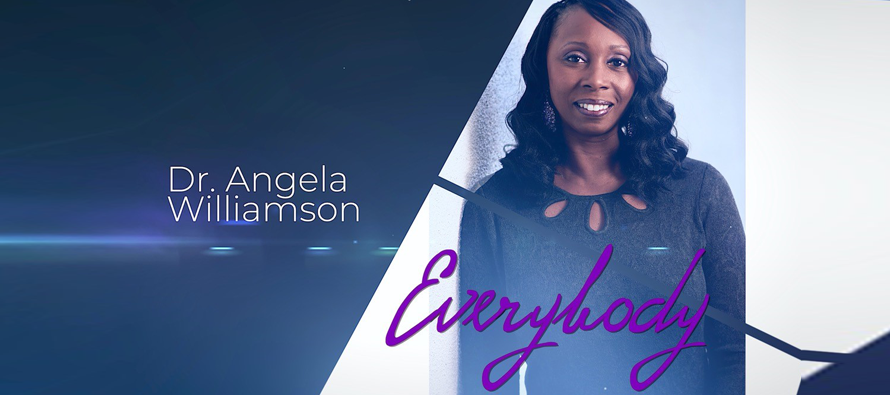“Dining with the Chef” on Create is a little virtual getaway to the Tokyo kitchen of chef Rika Yukimasa, as she teaches American co-host Patrick Harlan how to cook Japanese food for the home chef. KLCS talked to Rika on a weekend when all of Tokyo stayed at home during the pandemic, she shared advice on doing new culinary things in these times, as well as her days cooking for her host family in Northern California and at dorm kitchen at Berkeley’s International House, and her favorite restaurant in Los Angeles.
What’s the theme or aim of your show?
The show is to introduce techniques for people to cook Japanese food at home with ingredients they can access at local farmers market or any grocery store, because many times Japanese food – they think it’s the food that you only eat at the restaurant and spend a lot of money for – but actually the method, the techniques, once you learn, it’s very easy to recreate what you have eaten at the restaurant at home. So I’m trying to introduce all the tips on how to do that.
A lot of the dishes have the same simple ingredients, like mirin, sake, soy sauce.
For people’s mind, Japanese food is too authentic, so it’s very difficult to make. But the basic ingredients [are] as you said – sake, mirin, soy sauce and then maybe dashi. But we don’t need the real dashi from the kelp and bonito flakes. We can just recreate everything even without dashi, because chicken or fish, all these proteins creates own dashi. So, as long as you have sake, mirin, soy sauce, and sugar. Many times we add sugar to our main ingredients, then we can recreate what you eat at the restaurant.
I notice sugar is always in there. A lot people are cutting out sugar, but in Japan they always put a little sugar?
Yes, there’s a difference because if you look at the whole menu, we don’t take much dessert. I think sugar is really necessary for people’s minds to be satisfied with what they have eaten. We add a little sugar to each dish to act sort of like umami flavor to us. Then, in the end we don’t crave for sweets. We don’t eat cheesecake or chocolate cake. Sugar satisfies our brains somehow, so we don’t have cravings for extremely sweet stuff at end of the meal. So at the end of the meal, we normally have fruit, that’s it. When you take everything in total, the amount of sugar intake is less than what you guys have in Western food. I think that’s one of the reasons Japanese people stay healthier. Instead of cutting everything, instead of cutting sugar, cutting all carbs, we take little bits and pieces and in the end it satisfies us, so that we don’t have cravings for more sugar, more of this or a big amount.
Even the dishes in Japan, they’re small plates, they’re not large portions.
Yes, we have a saying in Japanese, “Try to eat 80 percent.” It means don’t eat until you’re completely full. So instead of serving a lot, we serve a little bit less, so that people would have more stomach to enjoy anything else. It’s Japanese culture that we don’t want everybody to be completely full, because being completely full in the end makes you feel sick.
Japanese desserts are not very sweet, so you can taste the chocolate.
One of the important things in Japanese culinary is you have to pay respect to each ingredient, and if we add too much sugar, that would be the sugary stuff, instead of chocolate, or matcha, or any ingredient. We want to have the space so that we can enjoy each and every ingredient.
Do you have a favorite dish to cook?
I love to cook Japanese karaage, which is crispy fried chicken and this is something I’ve served to many foreigners too and everybody loves it. Instead of having too much batter around the meat, we put less. We only put starches, potato starch, it creates really crispy fried chicken and as you’re putting less batter; it’s not oily.
I once asked a Japanese friend for kobucha squash recipe and he just had a deep friend recipe. In Japan there’s a lot of deep frying, yet people are pretty slim.
I think that is one of the myths. People always say, “You guys love fried food.” Yes, we do, but we have a saying “gomi gokan.” When we eat something, instead of only fried food and fried French fries, we try to fried chicken with cabbage salad, or friend pork with shredded cabbage. Like sometimes if you have fish and chips, you have friend fish and fried potatoes. We try not to do that. We have five colors and five senses is gomi gokan. We are taught ever since we are little, like in elementary school, because we have school lunches – it’s very important to intake five colors at the same time. So if you keep on eating fried food that’s going to be only brown. You cannot have only brownish food, you have to have something green, something red. Education plays a big role in Japanese culinary cuisine because school lunches keep all these Japanese traditions. So we try to keep five colors, also five ways of cooking is included in that.
What is the favorite part of your job?
My favorite part is to translate what I think is wonderful for you guys to be able to do. Like people overseas [don’t have] access to good kombu kelp, or good sake, or good mirin, but I help figure out there are ways you can enjoy Japanese food without good sake. So I’m like a translator who knows Japanese food and translating it into English way of cooking.
I always watch your kitchen and envision your life in your kitchen. Is that a kitchen or is it a studio?
I have two apartments in the same building, so one I live, but the one I use for “Dining With Chef” and studio stuff. It’s like a second house.
What are some things that you and Patrick do that are fun on the set?
I enjoy talking to him because he has learned ever since he came to Japan. It was very difficult for him to learn Japanese and then learn the Japanese culture to fit in, but he has really manage to not only learn the languages, but also to have the imagination of Japanese feel and how American people feel at the same time, so he can talk to both audiences, and he’s very smart, very enjoyable to talk to. That’s what I enjoy the most.
I love that the dishes are simple to make and use similar ingredients, do you ever run out of new recipes?
No, not only I learned from Japanese culinary cuisine, I also take ideas from Italian dishes, or French, or Chinese dishes. What’s really great is the fusion of Japanese food with different cultures and you can be as original as you can be until you’re dead (laughs).
What made you originally want to cook on TV and what was your path to being a chef on TV?
I have produced almost 50 books now, so I was a cookbook writer for a long time, and there aren’t many people who speak English and cook at the same time. So NHK asked me, “You want to be a cooking show chef?” I said, “Yeah, sure!” (laughs) But when I think of the most important thing is…I became a chef because [of] this American family. When I was living in California, I was an exchange student and I didn’t have money to go to school or junior college and they offered me a job to stay at their home and cook five days a week Sunday through Thursday and I get Friday and Saturday off. I cooked for this big family for two years and I had to pick the ingredients and make menus. So instead of me being a trainee, I suddenly became a main chef in this house (laughs). This family gave me this opportunity without knowing that I don’t have the competence nor experience. I just made one potato soup for them when I was in the exchange student program. They said, “Well, this potato soup tastes good. If you don’t have money to go to junior college, we can let you stay and try to work and continue your education”, and they gave me the chance to stay in America. So I cooked two years when I was going to Santa Rosa junior college and when I transferred to U.C. Berkeley, there was a little kitchen in the dorm and I kept on cooking. So I became really good at cooking during these four years and when I came back to Japan, I started to work for the advertising agencies and there are many bosses who went through divorce and they asked if I can run a private restaurant for them, so that they can invite a lot of people, and I started to do the catering for the people at the company and those guests always say, “May I have the recipe for this tomato sauce or kaarage?” And I kept on giving them. And the recipes passed on to other people and people started to say, “You should make a recipe book.” And that’s how I started my cooking job. So it’s not that I dreamed about becoming a chef all my life, it was what was led to me. I have always liked eating though.
When you cooked for the family, was it Japanese or American?
It’s a mixture. I tried Indian food, Italian, French.
So far, everyone’s had a Julia Child story, do you have one?
The person I had a connection with was Alice Water because this guy at the junior college, he was a professor, he said, “If you get into U.C. Berkeley, then I’ll take you to Chez Panisse.” I wasn’t going to apply, my parents didn’t have the money, he forced me to apply “and the money will come along once you get in.” So I just applied. And then as promised he took me to Chez Panisse and I was struck with the beauty interior design and warm atmosphere. I didn’t have the money, so I only went there twice, but I really liked it and I loved reading her book. I think that’s how I became very interested in creating a menu. Also Martha Stewart, I think I like the visual sense that she had created. She created food into entertainment. Instead of just one recipe, I always try to provide a menu for audiences, because the whole menu is almost like listening to classical music. You have the first movement, second movement and third movement. A lot of people presume that people can create their own menu, but often without having enough information you cannot create a menu. So with “Dining with the Chef” I always try to create a set menu. I think food is like [classical music]. You just begin with small appetizers and then you converse with other people and then talk about how enjoyable life is and it goes into a finale. It’s almost like that. So with Japanese food, we can create a scene like that, so my cookbooks, that’s what I wanted to do. Instead of throwing at people with a bunch of recipes, I wanted to create a way so people can create their own Japanese menu.
Do you get feedback that your show is a calm place that takes them away from their lives for a bit?
Often times when I go to L.A. or even Arizona, some people, like when I was going through security at the airport, this guy who was a check-in person, he said, “I love your show, I feel calm with watching your show and talking with Patrick.” Sometimes I get the feedback. Next season I think is going to be more interesting because [with] NHK World we only had a contract for one year, every year and it’s been running for eight or nine years and they finally decided, “Ok, this is popular enough, so let’s decide we’re going to run three more years.” So we can think everything ahead of time. We are trying to create more stories and anecdotes for each recipe. So instead of just recipes, it’s going to be about Japanese culture or my story or Patrick’s story, so I think it’s going to be more interesting.
What’s the most frequent question you get? And what’s your answer to that?
They always ask, “How do you stay slim?” I think because I have knowledge of what to eat, I know about the ingredients, what to intake, how much protein I need and how much carbs I can intake. So I have all this information instead of me just guessing. And we Japanese walk a lot, like 10,000 steps a day is very normal. So I really recommend people to learn about the ingredients, or how we cook. For example, chicken, if you fry, it’s a higher amount of calories, but if you cook or steam, you can get rid of the excess fat. So if you know technique and about ingredients, you can control [it] like a doctor (laughs).
Do ever pinch yourself that you get to do this for a living?
(laughs) Well, I don’t pinch myself, but I’m always amazed – how did I become the way I am now? I feel very lucky because I think people have always given me the chances, like this host family giving me the chance to live in America, or when I was living in the dorm, I was surrounded by Italian people, or people from Peru. People living in Berkeley, they were all interested in Japanese food. They’re intelligent, but they wanted to have diversity in their daily life. So they kept on asking me all these questions, so I became aware that people are interested in Japanese food, people are interested in Japanese way of living, or way of keeping our body healthy, so I started to develop techniques to convey the information. So all these coincidences, in a way, serendipity, led me to be a TV host.
When you’re in L.A., do you have any favorite places to dine?
Yes, Broken Spanish downtown. I really liked it because it’s the fusion of Mexican food and various other cultural foods and it’s very healthy and all; [the] portion is sophisticated looking and also the portion is very small. I think the problem is, in America people give you too much food as a courtesy and when we’re given the courtesy, we feel an obligation we have to finish it. But at Broken Spanish, it’s almost like a sushi place that you get a little portion for each menu and it’s very interesting. I loved it.
Is there anything you want to add?
I hope, because of times like this, instead of worrying too much, I think we should start spending our energy into learning something new and doing something daily. Stuff doesn’t give you enlightenment, nor new experiences, but if you would take a book or look at the website and try to do something crazy like make Slovakian food or Bhutan food, that would make you go traveling in different places and experience something new. If you have this stimulus, then your worries will be taken away.
Watch “Dining with the Chef” on KLCS TV’s CREATE channel (58.3) Mondays at 8:00 AM. Follow Rika’s Instagram posts: @rikayukimasa

